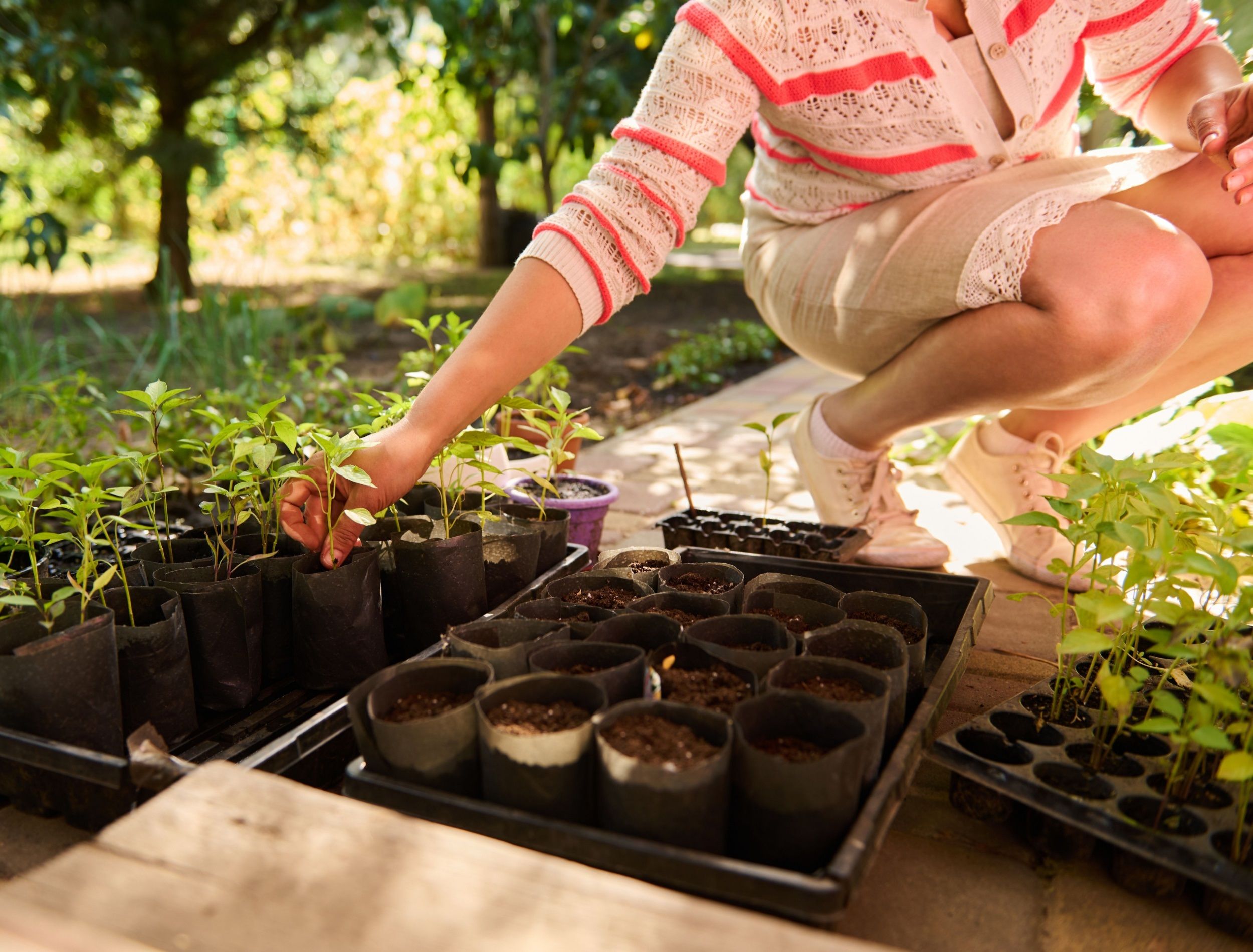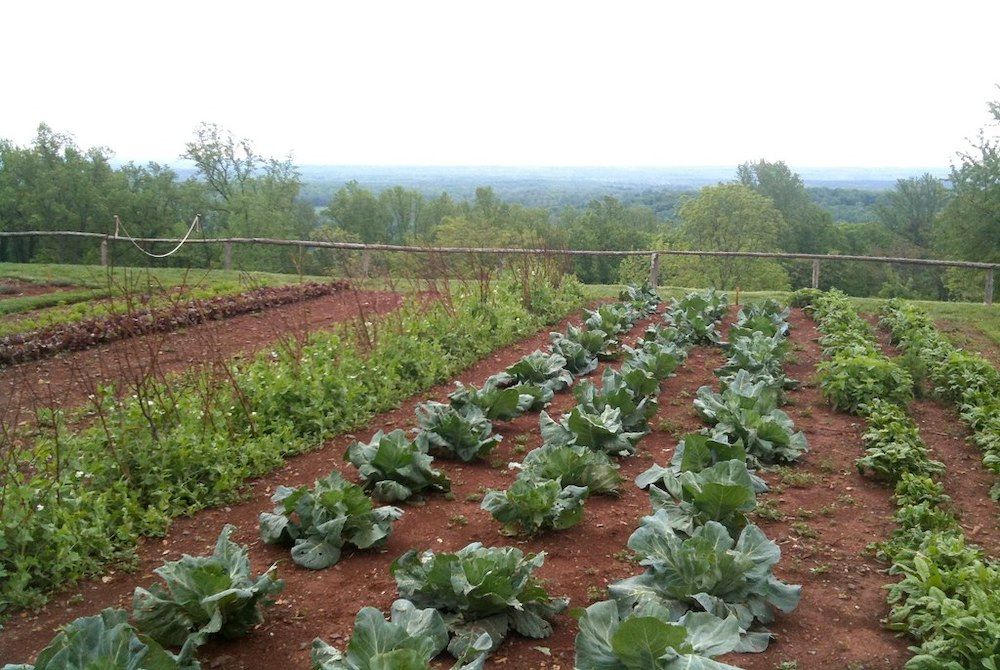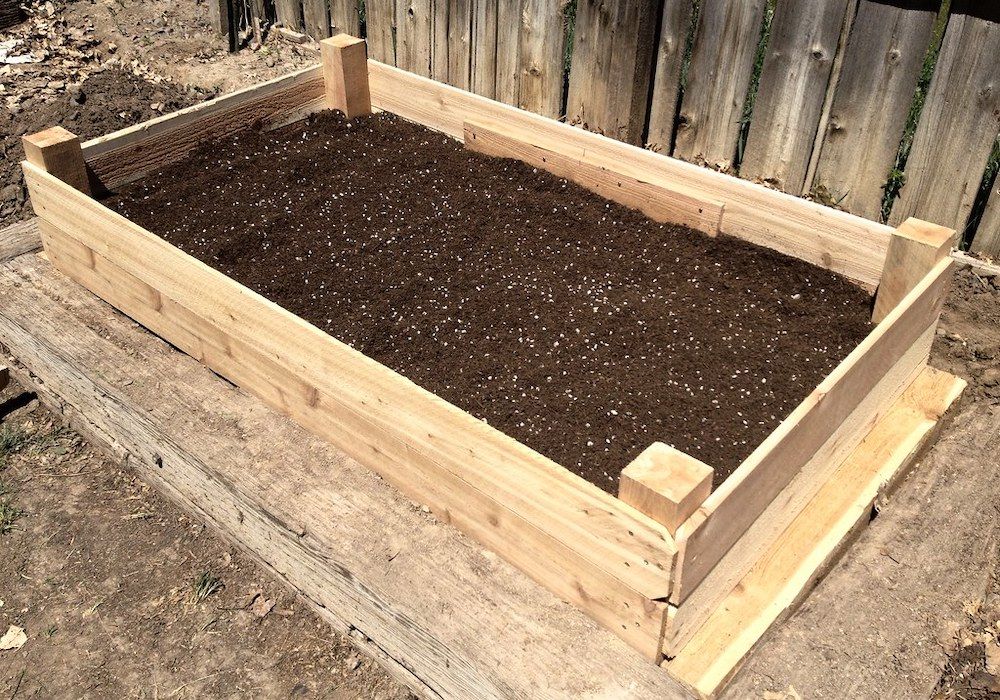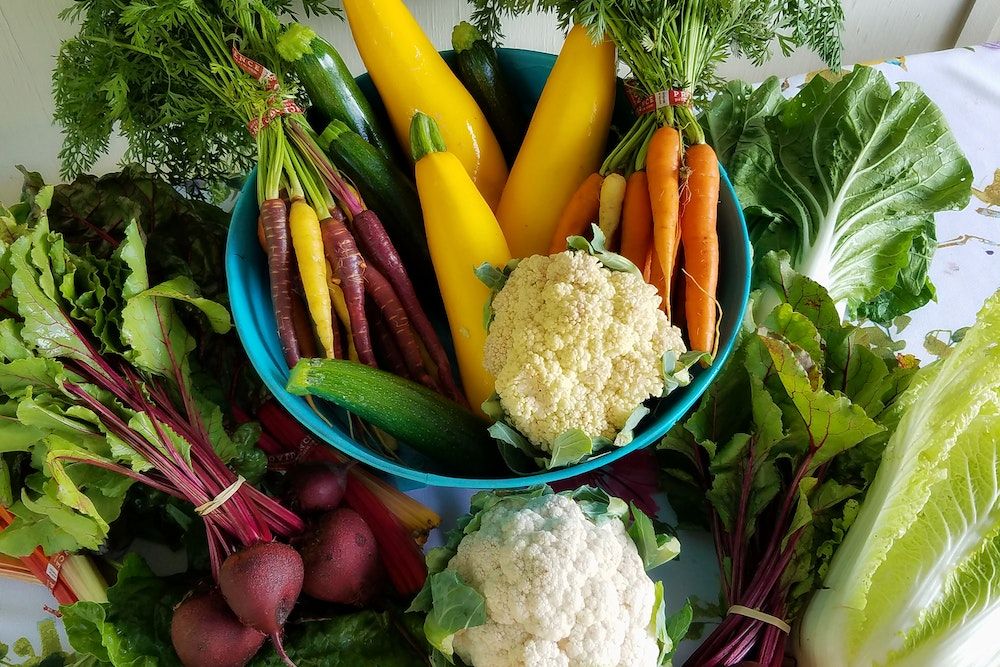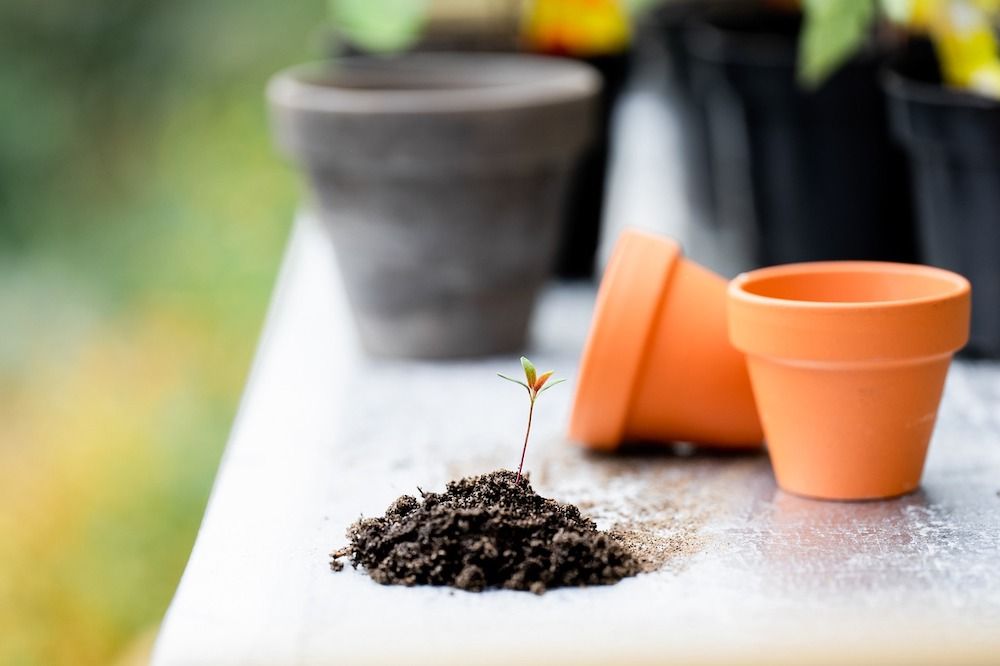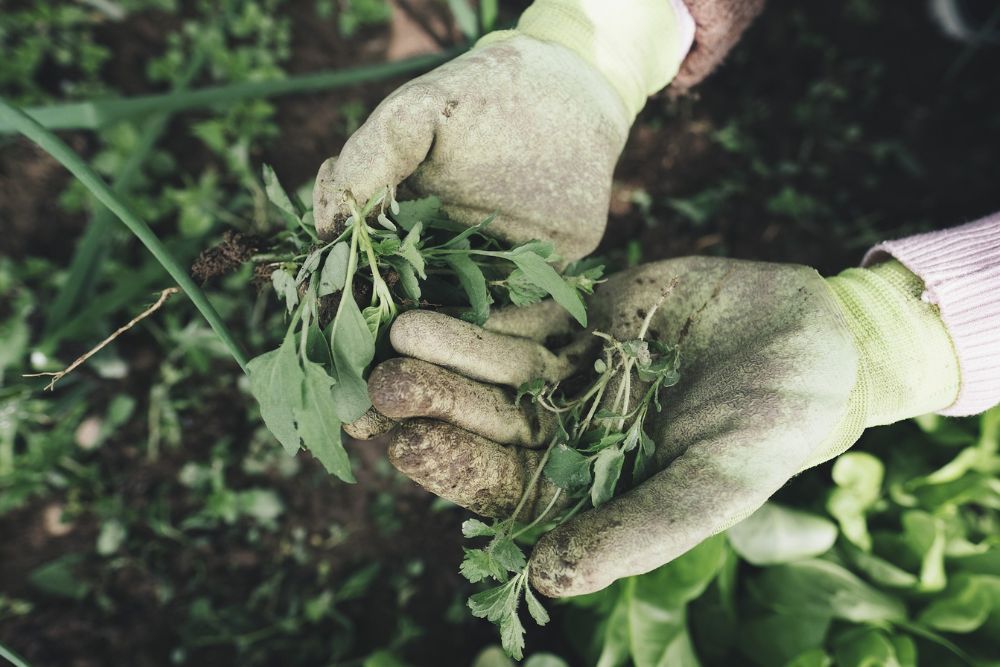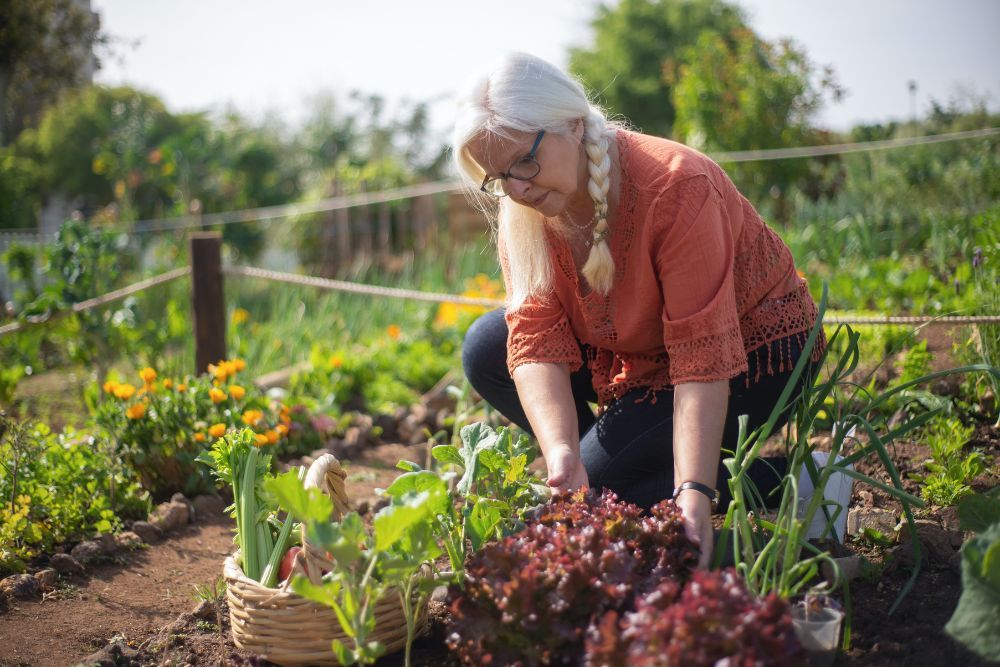Vegetable gardening isn't as easy as tossing seeds on the ground and hoping for the best! It requires a good amount of planning and forethought.
Besides picking the right location and narrowing down the list of vegetables you want to grow, you'll need to understand the different types of garden layouts and soil requirements for your veggies to thrive. To avoid common mistakes, feast your eyes on some of the best gardening tips everyone must know!
1. Planning Your Garden
The idea of "go big or home" doesn't apply to gardening, at least not initially. Understanding your strengths, weaknesses, availability, and other commitments is essential when mapping out your vegetable garden. Start small and expand when you're ready because a large garden can be overwhelming.
Before you sow any seed or till your soil, you'll need to map your vegetable garden’s layout. This mapping will be helpful when you rotate your crops to benefit the soil. Here are three common garden plans:
Row Garden
Image credits: brownpau via Creative Commons
A row garden is a traditional in-ground garden that requires initial labor before planting. The initial work includes breaking the ground, removing sod if you're currently using your garden as a lawn, testing your soil, amending it and adding conditioners, and finally tilling it into rows that you'll use to plant your vegetable seed.
That said, row gardens are rife with weeds compared to raised and container gardens, so you'll spend significant time weeding during the growing season. However, traditional row gardens are incredibly customizable.
You can plant vegetables to complement each other and incorporate different growing structures like cold frames, hoop houses, and greenhouses for seasonal usage.
Raised Garden Bed
Image credits: shawncampbell via Creative Commons
Raised garden beds vary in height and length and are great for small or awkwardly-shaped gardens. They're a great way to grow your crops without straining your back and knees.
You can pair raised garden beds with trellises and plant cages for vines or convert them into DIY cold frames to protect your plants during winter. Raised garden beds will last a long time depending on the type of material it's built with and the maintenance you provide. However, avoid using treated lumber or railroad ties when building.
Raised garden beds give you more control over your soil conditions, prevent soil compaction, promote better drainage, and you'll have to deal with fewer weeds when compared to in-ground gardens.
Container Gardens
Image credits: Geo-grafika via Canva
If you're dealing with small spaces, container gardens are an excellent way to optimize your available space and grow your veggies. The size and depth of your container will depend on the type and number of vegetables you want to grow and the available space you have to grow them.
To give you an idea, a 5-gallon container is ideal for growing tomatoes or squash plants. You can even transform a container garden into a vertical one by adding trellises and cages for vines and climbers.
2. Pick the Right Location
Image credits: belkin59 via Creative Commons
Sunlight is vital for healthy plant growth, so ensure your vegetable garden is located in an area that receives between four and six hours of sunlight daily. Also, ensure your vegetable garden isn't far from home.
Since you'll frequent your garden more than once a day, easy access is crucial so you can prune, view, harvest, and weed without getting discouraged or running out of breath.
Apart from that, you'll need to ensure easy access to water supply for plant irrigation because lugging a hundred-foot hose to water the garden under the hot summer sun can drain you out!
3. Plan Your Vegetables
Image credits: Solare Flares via Pexels
It's easy to get carried away and plant as many veggies as your garden will allow, but that's a recipe for disaster. Only grow vegetables you and your family eat because there's no point spending all that time, energy, and money growing veggies you won't enjoy.
Plan your vegetable garden after considering your USDA zone so you can plant veggies relevant to your climate. The vegetable seed packets will have the necessary USDA zone information that you can crosscheck before you sow them.
After narrowing down the list of veggies you want to grow, write them down in a plant journal for future reference. Keeping a plant journal can help you assess what worked and what went wrong with specific plants in certain conditions. This information will also come in handy when it's time to rotate crops.
4. Work on Your Soil
Image credits: Ylanite via Pixabay
Now that you have a list of veggies you want to grow, you'll need to understand their soil requirements and ideal pH levels to thrive. Some plants thrive in clay soil, other prefer moist-well draining soil. While most plants prefer pH levels between 6 and 7, some thrive in more acidic or alkaline soil.
First, test your soil to understand its structure and fertility. Next, test the pH to see if it's acidic (levels less than 7), neutral (levels around 7), or alkaline (levels more than 7). The test will tell you your soil's nutrient composition so you can adjust it according to the veggies you want to grow.
After adjusting soil fertility, amend your soil's structure with well-rotted compost, leaf mold, or kelp meal to improve drainage and retention qualities for healthy plant growth.
5. Weeding Your Garden
Image credits: PhotoAC via Pixabay
You'll need to watch out for common garden weeds that can be difficult to control if overlooked. Although weeding can be somewhat time-consuming, you'll need to deal with them before they start robbing nutrients and moisture from your growing vegetables.
There are many chemical-free ways to deal with weeds. You can use rock salt, table salt, or rubbing alcohol, or you can make DIY weed killers at home to deal with them. As long as you use the proper tools and know how to pull, weeding won't make gardening harder!
Sweating the Little Details
Image credits: Kampus Production via Pexels
To make your backyard vegetable gardening experience stress-free, here's a nifty checklist to help you out:
- Use organic mulch when mulching your garden.
- Instead of using chemical fertilizer, you can use vegetable peels or DIY your garden fertilizer with household items.
- Invest in a moisture tester to prevent under and overwatering. Underwatering can dry your plants, and overwatering can cause root rot.
- If you buy your vegetable seeds online, read the seed packet to avoid planting too early or too late.
- Invest in essential gardening tools like hand tiller, pruning shears, and trowel to help you tend your garden.
- Depending on the type of veggies you want to grow, provide them with better support as they grow.
- Learn to refresh potting soil to cut down on costs and allow you to recycle old soil.
- Deal with pests and insects using neem-based insecticide, or you can DIY homemade pesticides to deal with aphids, caterpillars, and stink bugs.
Fun and Veg-u-cational!
There's nothing more satisfying than harvesting fresh veggies from your garden for your family. That said, starting small and expanding to large gardens when you're ready is important.
Maintain a plant journal and list down the plants you wish to grow and the ones you've grown, as this will help you when it's time to rotate your crops. Test your soil to see if it needs amendments and conditioners to improve structure and fertility. Finally, invest in a moisture tester to avoid under or overwatering your plants.
Leave your experiences, thoughts, and questions in the comment section! And share with friends and family who might find this helpful.

